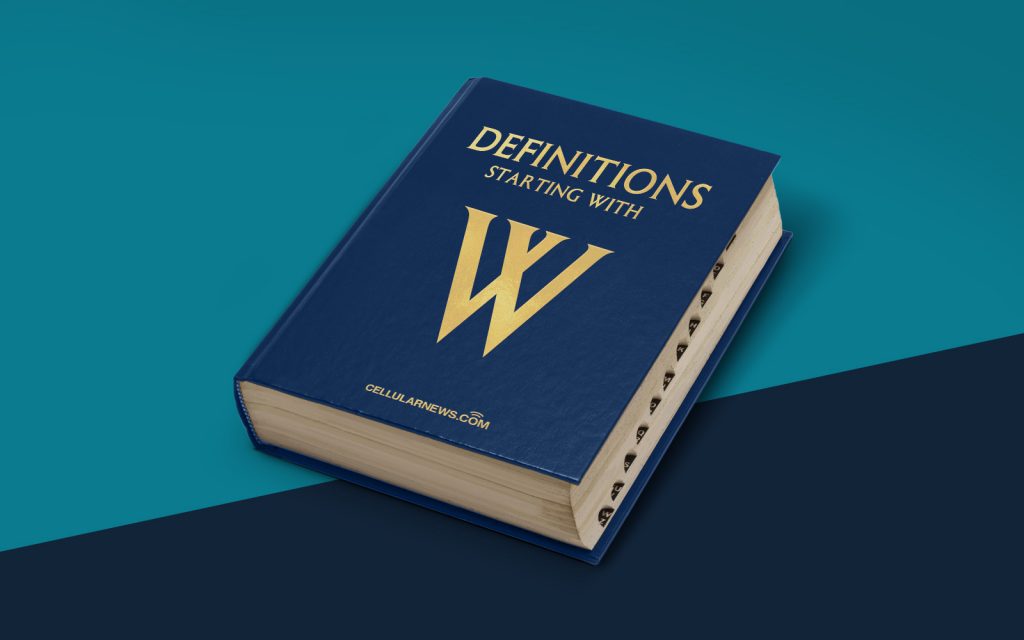
What is Web Ontology Language (OWL)?
Welcome to the “DEFINITIONS” category, where we explore and demystify complex terms and concepts in the realm of technology and digital marketing. Today, we’re diving into the depths of Web Ontology Language (OWL) – a powerful tool in the world of semantic web and artificial intelligence. So, grab a cup of your favorite beverage, sit back, and let’s explore the intricacies of OWL together!
Key Takeaways:
- OWL is a web-based language used to organize and represent knowledge in a structured way.
- It plays a fundamental role in the development of artificial intelligence systems and serves as a cornerstone in the field of semantic web.
Now, let’s get to the heart of the matter. What exactly is Web Ontology Language (OWL)? In a nutshell, OWL is a sophisticated web-based language that allows us to define and describe knowledge in a highly structured manner. Its purpose is to provide a framework for representing and sharing information in a way that computers, software applications, and even humans can understand.
OWL is particularly valuable in the field of artificial intelligence, as it facilitates reasoning and knowledge-based applications. By utilizing OWL, developers can create intelligent systems that can process and understand complex relationships between entities, make logical inferences, and perform sophisticated searches.
When it comes to the web, OWL forms one of the core components of the semantic web. It enables the integration and meaningful interlinking of data from diverse sources, creating a more comprehensive and interconnected web of information.
Now, you might be wondering how OWL actually accomplishes all these incredible feats. Well, OWL operates based on an ontology – a formal specification of the relationships and properties of entities within a specific domain. Ontologies define the classes, properties, and relationships that allow OWL to organize and reason about data.
Here are a few key features and advantages of OWL:
- Expressive power: OWL provides a rich set of constructs and vocabulary that enable the representation of complex relationships and constraints.
- Inference capabilities: OWL supports various logical reasoning mechanisms, allowing applications to derive new knowledge based on existing information.
- Interoperability: OWL enhances the interoperability of data by providing a standardized format for sharing and integrating knowledge across different systems and domains.
- Scalability: OWL is designed to handle large amounts of data, making it suitable for applications that require processing vast amounts of information.
Through the power of OWL, the possibilities in the realms of artificial intelligence and the semantic web are expanded exponentially. From organizing data to fostering intelligent systems, OWL offers a robust framework for unlocking the true potential of connected knowledge.
So, the next time you come across the term Web Ontology Language (OWL) in your tech-savvy adventures, you’ll know that it represents a remarkably versatile tool that forms the backbone of intelligent systems and the semantic web. Embrace its capabilities, explore its potential, and let your knowledge soar!
